These are the places you should never wallpaper if you want a low-maintenance home
Our experts reveal the places you should never wallpaper, so steer clear of these spaces to avoid damage, mold, and paper peeling
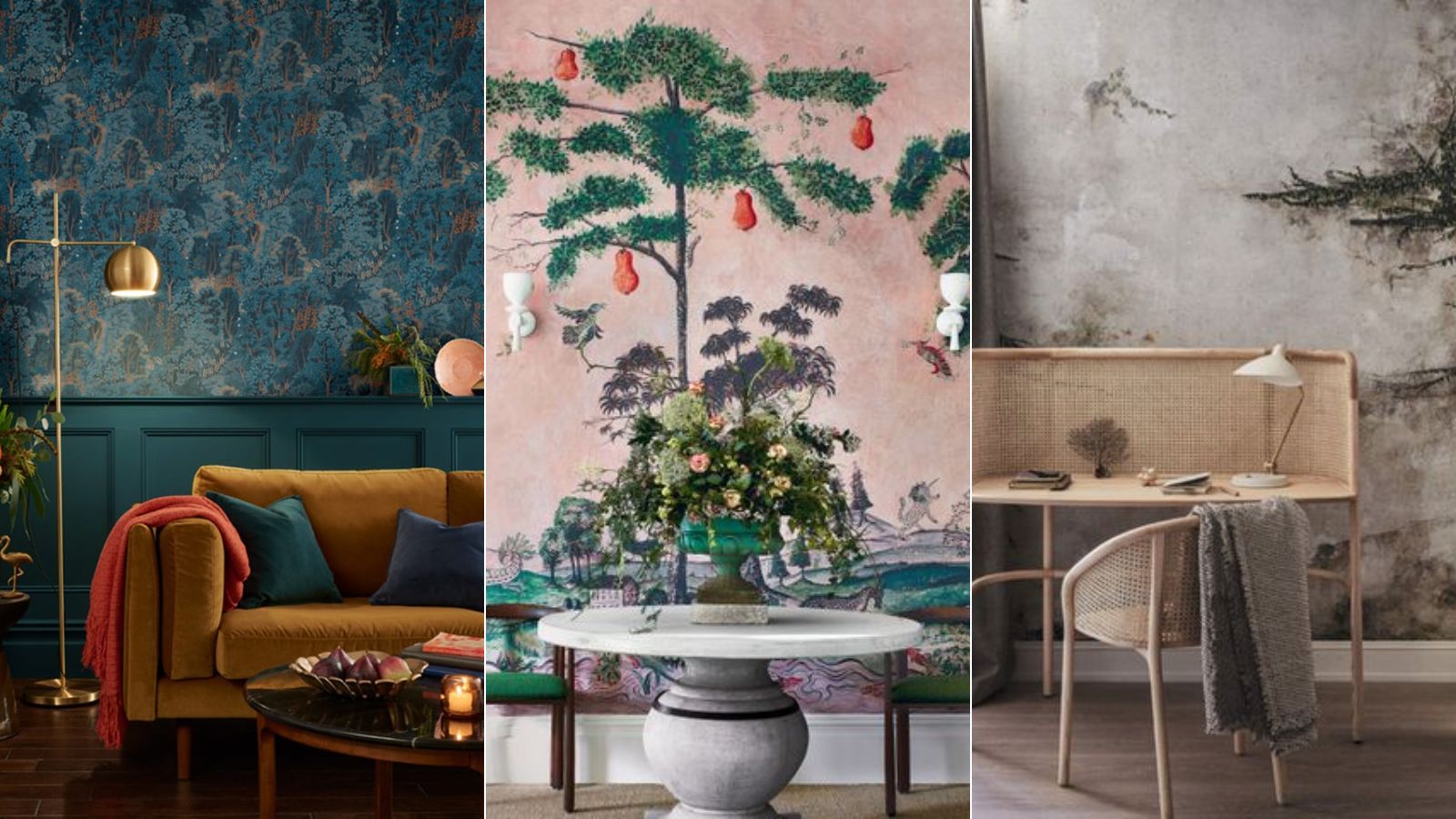

Wallpaper can be a beautiful addition to a space, adding texture, color, and personality. However, not all spaces can accommodate these wall coverings.
The function or conditions of certain spaces in your home can make them unsuitable for wallpaper, as the paper can be damaged easily or even trap moisture and cause more severe issues such as mold. In these spaces, the allure of wallpaper should be carefully weighed against practical considerations.
Knowing where these problem areas are located will help you make more strategic choices with your home design to preserve your wallpaper and reduce the need for redecorating later down the line.
Places you should never wallpaper
In this guide, we explain the areas that you shouldn't wallpaper for a low-maintenance home and why. Our experts also explain alternative solutions and wallpapering tips to help you create a beautiful and durable space.
1. High-moisture areas
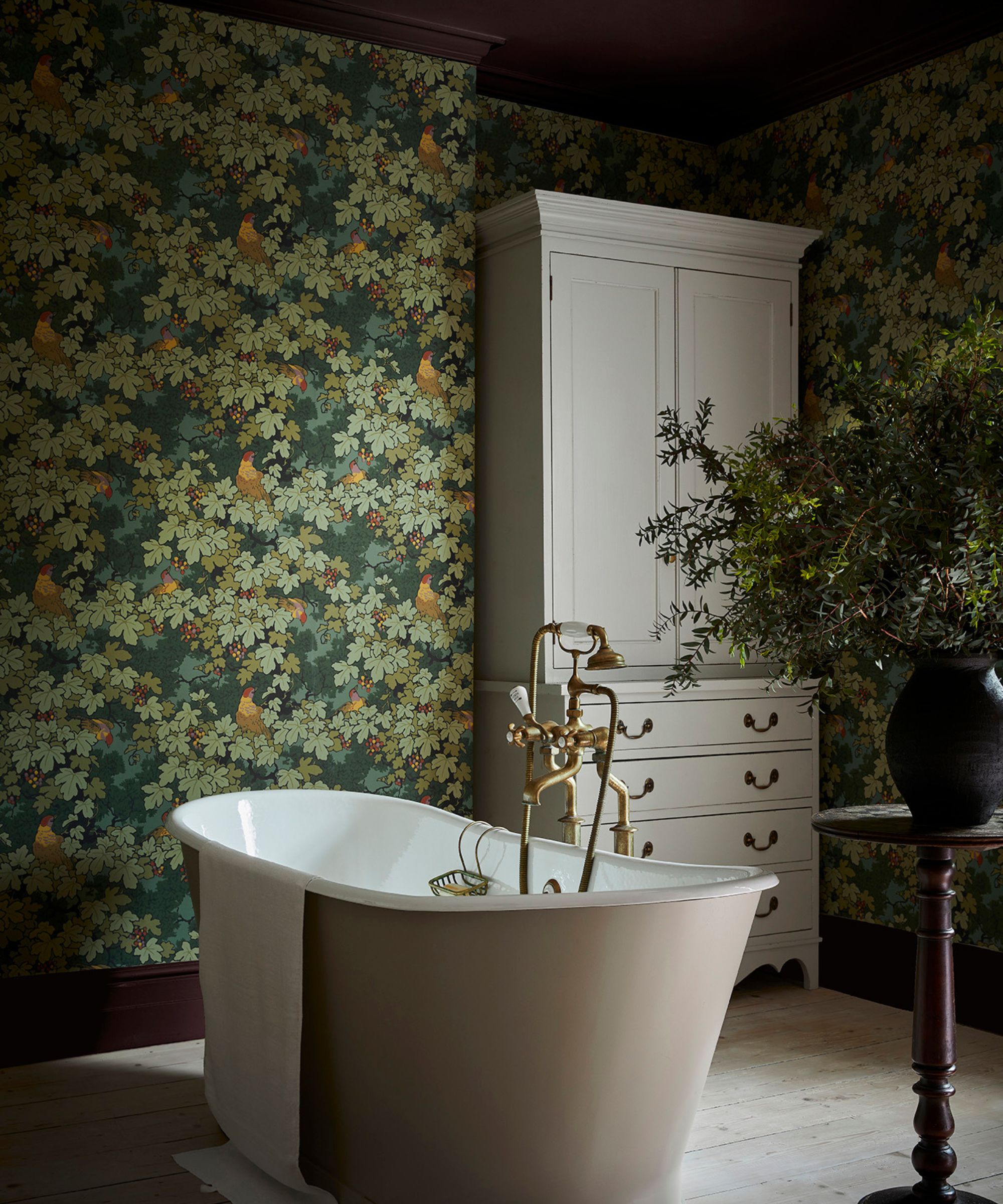
Spaces with high or fluctuating levels of moisture, humidity, and potential water exposure aren't suitable for wallpaper since these factors can lead to peeling, water damage, and mold growth, undermining the aesthetic appeal of your wallpaper.
Bathrooms
'Bathrooms are one of the places in your home where wallpaper should never be used. The high levels of moisture and humidity can cause the wallpaper to peel, bubble, or even grow mold,' explains Ricky Allen here, Director and designer at Ever Wallpaper. 'This not only ruins the appearance of your bathroom but also makes it a breeding ground for bacteria and fungi.'
Kitchens
Similar to bathrooms, kitchens are another area where wallpaper should be
avoided. 'The constant exposure to water, heat, steam, and grease can cause the wallpaper to warp and peel, and potentially promote mold growth,' says Ricky Allen. Wallpaper can even become a fire hazard if placed too close to heat sources.
Additionally, wallpaper in the kitchen can easily become stained or discolored from cooking oils and splatters, making it difficult to clean.
Basements
Basements are notorious for being damp and musty, making them unsuitable
for wallpapering.
Due to their below-ground-level location, they can be susceptible to water leaks or seepage from the surrounding soil. Even if you waterproof your basement, the high level of humidity can still cause the wallpaper to become discolored, moldy, or even peel off completely.
Basements may also have uneven walls or concrete surfaces which can make it challenging to properly install wallpaper.
Laundry rooms
Laundry rooms are another area that is often exposed to moisture, steam,
and heat, making it a poor choice for this space. The constant humidity from washing and drying clothes can easily damage wallpaper, and cause it to peel or grow mold.
In addition, laundry rooms tend to have limited ventilation, making it difficult for wallpaper to dry properly.
Garages
'Garages are often subjected to extreme temperatures and varying levels of moisture, making them unsuitable to wallpaper, says Keith Sant, Founder and CEO at Kind House Buyers. 'This can cause wallpaper to expand and contract, leading to peeling and bubbling. Garages are also prone to oil and grease stains, which can be difficult to clean off of wallpaper.'
2. High-traffic areas

'High-traffic areas such as hallways and entryways are not always ideal for wallpaper,' says Keith Sant. 'The constant movement and contact with people can easily lead to tears and damage to the wallpaper. What's more, these areas are more prone to dirt and scuffs, which can be difficult to clean off wallpaper.'
Consider which areas of your home are likely to experience the most traffic and avoid opting for wallpaper in these spaces. This can help you save time and money in the long run, as you won't have to regularly replace your wall
3. Structural features
Structural elements such as columns, arches, ceilings, moldings, or irregularly shaped walls can be challenging to successfully apply wallpaper to and are more likely candidates for wrinkling, tearing, misalignment, or peeling.
Unless professionally installed, wallpaper in these places can look uneven and are most likely to come off due to the surface's limited adhesive ability.
4. Uneven or textured surfaces
Walls with imperfections or too much texture can lead to an uneven or unattractive finish, so consider smoothing or repairing these surfaces before applying wallpaper.
When wallpaper is applied directly to textured walls or concrete surfaces it often cannot grip the uneven layers properly, so applying a smoothing primer first can help adherence.
5. Around fireplaces

Another place where wallpaper is likely to be damaged is around fireplaces.
Each time the fireplace is in use, the heat can cause wallpaper around it to peel and discolor, and can also be a fire hazard.
6. Exterior walls
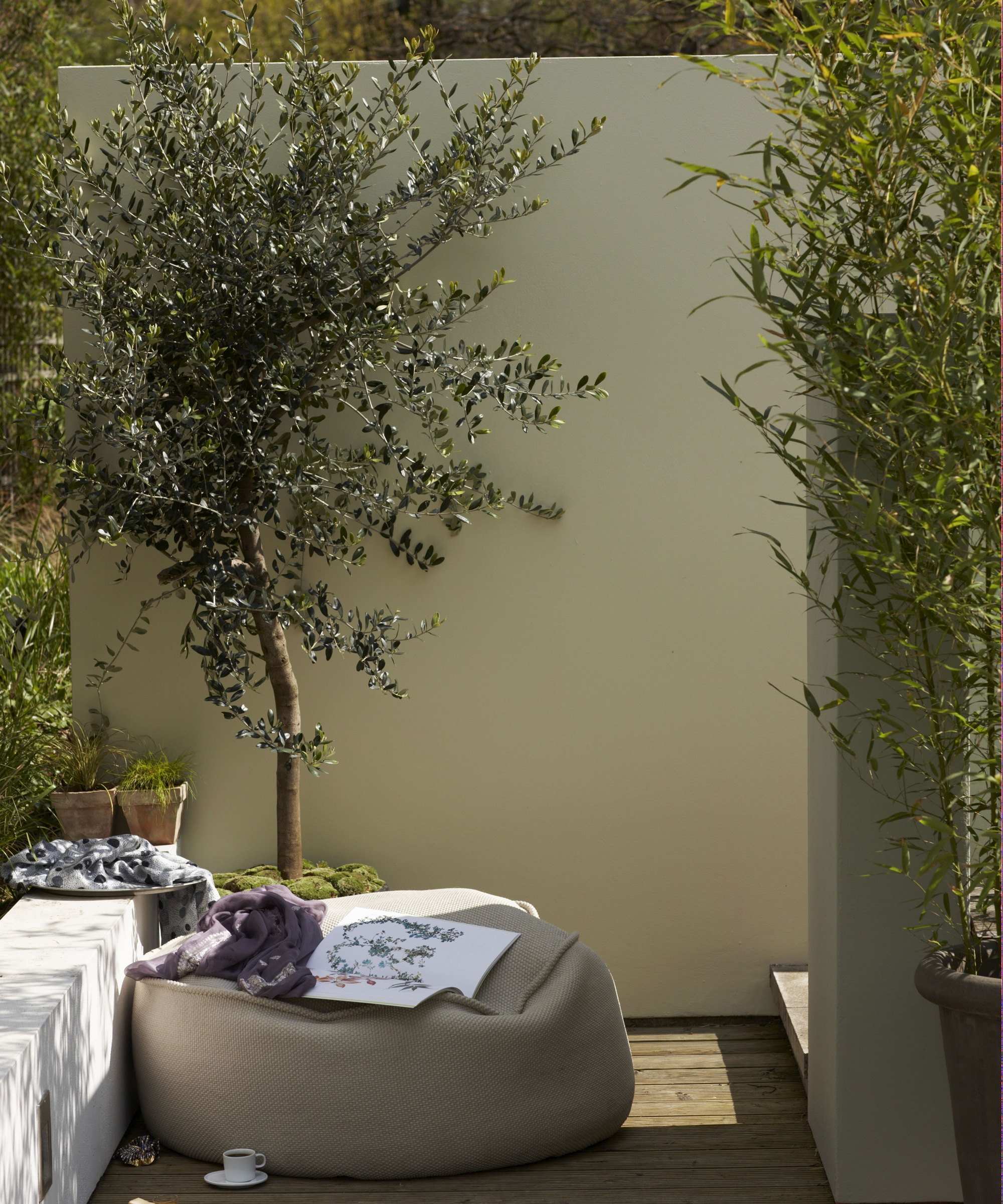
'Although outdoor wallpapers are available on the market, they are not as durable as traditional exterior paint. Harsh weather conditions such as rain, wind, and extreme temperatures can cause the wallpaper to fade or tear,' warns Ricky Allen.
Corinne Segura, Founder of My Chemical-Free House adds: 'Outdoor wallpaper is made of plastic, most of it is made of PVC (vinyl), and a smaller percentage is made from acrylic plastic. These plastics are both a vapor barrier, in other words, they prevent moisture from drying through the wall. If you use AC inside and it's hot and humid outside, then the plastic wallpaper creates a point of condensation and mold can form behind the wallpaper.'
Tips to overcome these issues
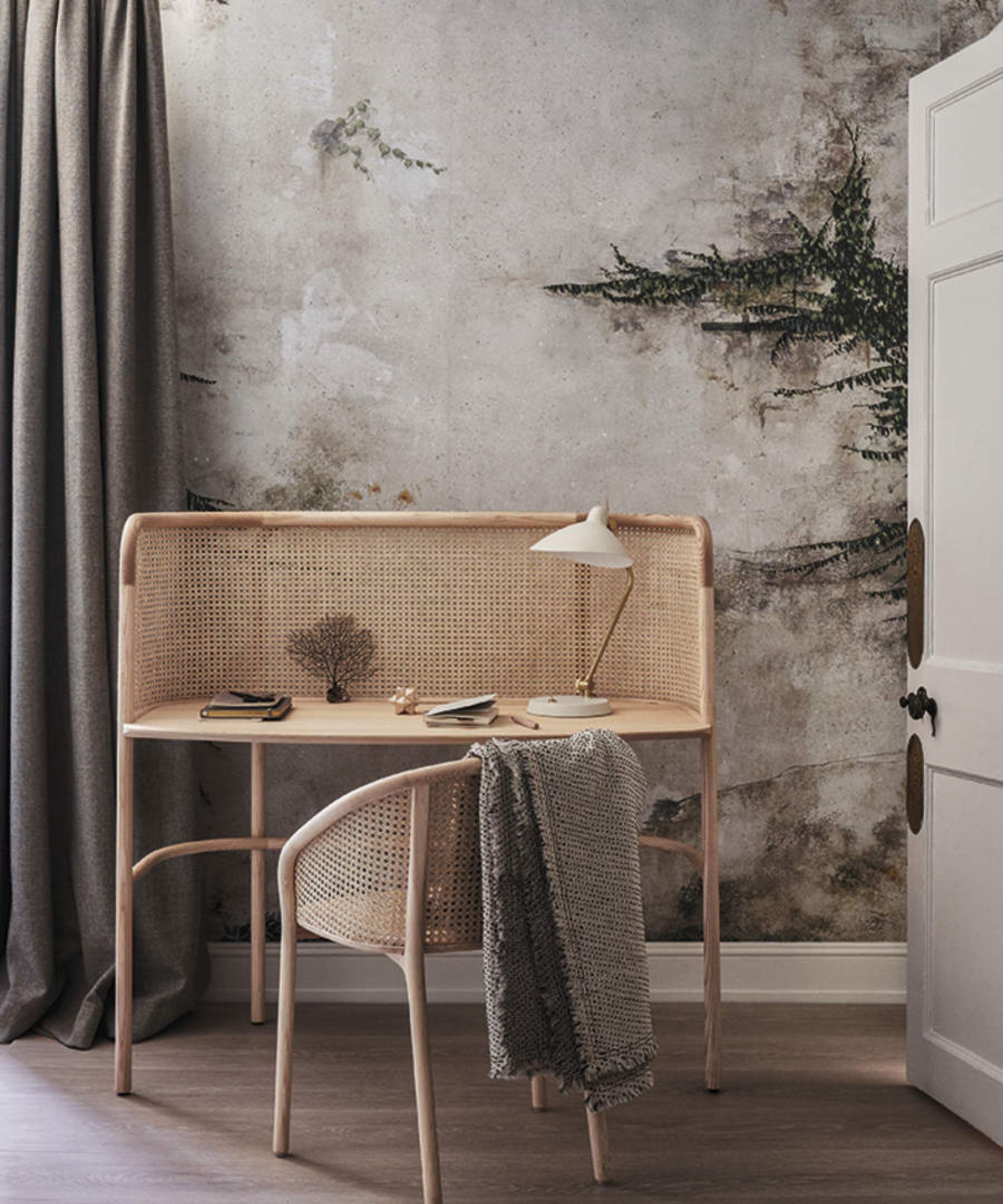
- Choose the right type of wallpaper: 'Opt for vinyl, vinyl-coated, or washable wallpapers designed to withstand moisture and high-traffic areas,' recommends Jordan Woolf, CEO of We Buy Houses In Bama. 'This type of wallpaper is more moisture-resistant and can be wiped clean, making it suitable for bathrooms and kitchen backsplashes. These are easy to apply and remove, making them a great option for renters or for those who frequently change their home decor.'
- Proper surface preparation: Ensure the walls are clean, smooth, and free of any moisture or imperfections before applying wallpaper. Use a primer suitable for the wall surface to promote adhesion. This will create a smooth and even surface for the wallpaper to adhere to, minimizing the risk of peeling.
- Proper installation: Hire a professional wallpaper installer or follow manufacturer instructions carefully to ensure proper installation, including seam sealing and smoothing out air bubbles.
- Regular maintenance: Keep the area well-ventilated to prevent moisture buildup, and promptly clean any spills or stains to prolong the life of your wallpaper.
- Consider alternatives: If wallpapering is not practical for certain areas, explore alternative wall treatments such as paint, tiles, or wall panels that are better suited to the environment.' Another option is to use high-quality paint, paneling, or wall decals that have been specially formulated for damp environments.
FOSHIO Professional Wallpaper Tools Kit | Was $30.00, now $22.99 at Amazon
If you choose to wallpaper your own walls make sure you're equipped with the right tools for the job. This kit contains everything you need to get the job done.
Before wallpapering any space, consider the specific conditions. This will help you determine whether it is worth the potential barriers to wallpapering it, and the specific wallpaper type you should choose. For example, in moisture-prone areas, moisture-resistant options are crucial, while in high-traffic areas, durability should be the priority.
By avoiding these wallpapering mistakes you can avoid some common pitfalls and make the most out of your redecorating project.
Sign up to the Homes & Gardens newsletter
Design expertise in your inbox – from inspiring decorating ideas and beautiful celebrity homes to practical gardening advice and shopping round-ups.

Lola Houlton is a news writer for Homes & Gardens. She has been writing content for Future PLC for the past six years, in particular Homes & Gardens, Real Homes and GardeningEtc. She writes on a broad range of subjects, including practical household advice, recipe articles, and product reviews, working closely with experts in their fields to cover everything from heating to home organization through to house plants. Lola is a graduate, who completed her degree in Psychology at the University of Sussex. She has also spent some time working at the BBC.
-
 Do you need to turn the lights off when you leave a room? Experts have ended this time-honored debate once and for all
Do you need to turn the lights off when you leave a room? Experts have ended this time-honored debate once and for allOn or off? We delve into the details of this age-old dispute
By Chiana Dickson
-
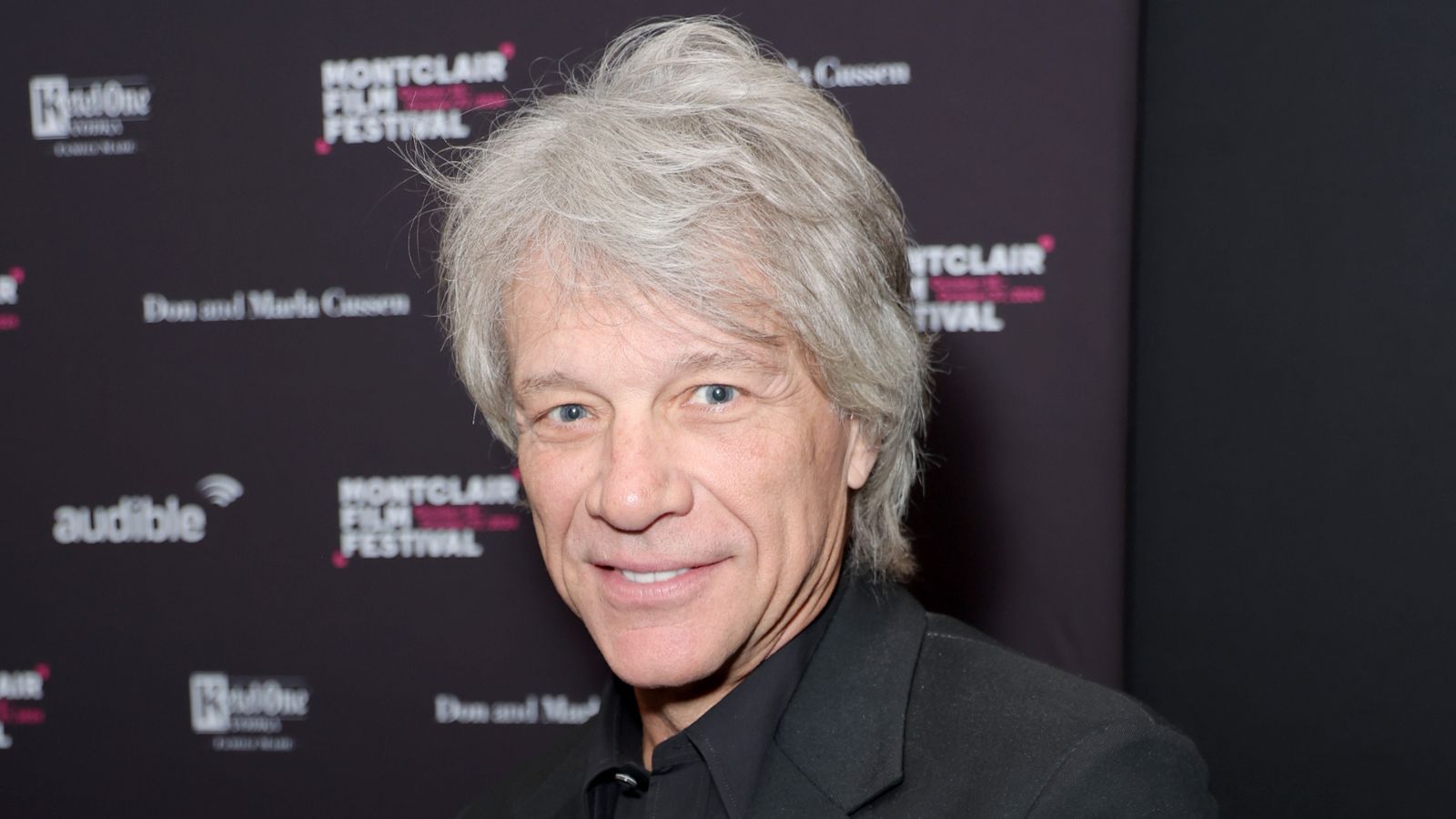 This Tudor decorating technique brings a 'cocooning' feel to Jon Bon Jovi's living room – but designers warn you need to be brave to follow his example
This Tudor decorating technique brings a 'cocooning' feel to Jon Bon Jovi's living room – but designers warn you need to be brave to follow his exampleThe singer uses wood to design a room that feels 'welcoming and rich in materiality,' but this century-old method comes with a warning
By Megan Slack
